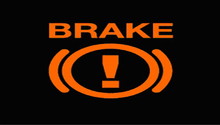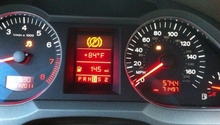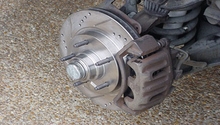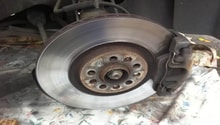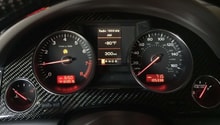Audi A6 C6: Why is My Brake Light On?
If the brake light in your A6 is stuck on in your dashboard, you’d be best served to address the issue sooner rather than later, so that you don’t wind up causing serious (and expensive) damage to your vehicle. The following are some of the more common reasons why the light may be stuck on.
This article applies to the Audi A6 C6 (2005-2016).
Having a dashboard light stuck in the on position in your dashboard sure can be annoying. But if it’s your brake notification, you should address the issue sooner rather than later. It goes without saying that the brakes are perhaps the most important part of your vehicle, and if they’re malfunctioning, or the systems that are supporting it are not working properly, it could lead to the brakes not functioning when you need them the most.
Read on to learn about some of the more common reasons why this light gets stuck on.
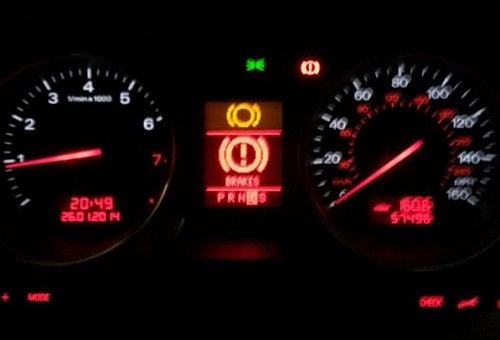

Materials Needed
- Flashlight
- Socket set
- Screwdrivers
- OBD scan tool
Step 1 – Check the fluid levels
Sometimes the biggest headaches have the easiest solutions–your brake fluid might be a bit low. As your brake pads wear, the pistons inside the caliper are pushed further outwards to keep the pad able to contact the rotor. This means that more brake fluid is drawn from the reservoir into the calipers, resulting in a lower brake fluid level in the reservoir. If your brake pads look okay, check for leaks.
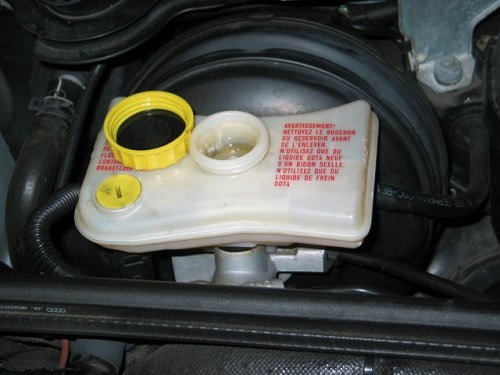
Step 2 – Check the brake pedal switch
Through wear and tear, this plastic switch, located on the brake pedal assembly, can fail with age. The easiest way to do this is to turn the car on and, while the brake notification is lit up on the dashboard, walk around to the back to see if the brake lights are on. This indicates the brakes are being activated, even when the pedal’s not being applied. This particular component is not as sturdy as the other parts in its surrounding area and is prone to breaking. It costs about $25 to replace and, other than having to lie on your back for a few minutes, it’s pretty easy to pop out the old one for a newer model.
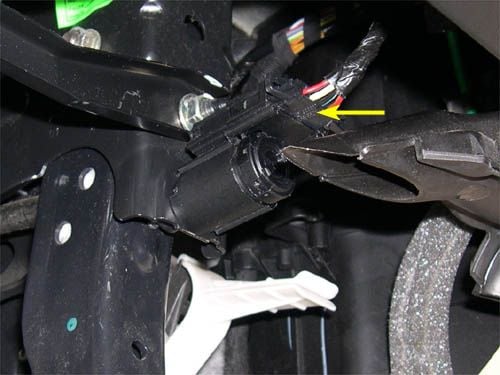
Step 3 – Check the brake sensor
Many of the German manufacturers have long utilized brake pad wear sensors, and your Audi is no exception. Basically, a sensor is implanted on the brake pad and once it wears beyond a certain point, the sensor is contacted and breaks, alerting you, via the car's command center, that the brake pads are worn and are due for replacement.
Inspect your brake pads to ensure adequate life is left in them, and check that the sensor hasn't been damaged and secured in place. If it requires replacement, you can pick up new ones for about $10 to $15.

Step 4 – Check rear brakes for faster than normal wear
If you’ve recently used your e-brake, there’s a chance your e-brake cable might be stuck, causing your rear brakes to wear at a faster rate than they should be. If this is the case, access the brake cable to see if it is, in fact, stuck, and try to get it back into its proper position.
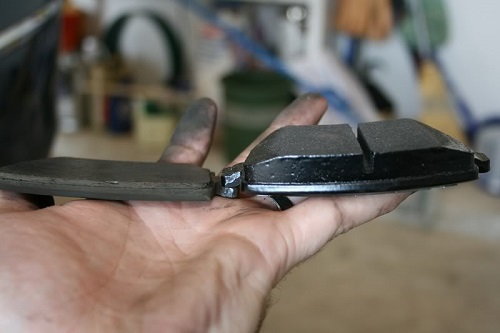
Step 5 – Check your vacuum brake booster pump
This particular component is known to break easily and often need replacing. When they do break down, it causes the brakes to act up. When the booster malfunctions, you can experience inconsistent brake pedal pressure, and often insufficient brake force, causing the car to be harder to come to a halt.
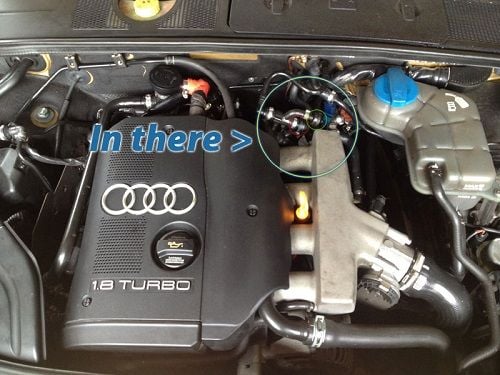
Step 6 – If all else fails, get your car scanned
Older A6 vehicles have been noted as having a problem with the ABS module. If you’ve gone through the above list and nothing’s changed, chances are your car might have this faulty component in it. Good news is it’s not too hard on the wallet to have it fixed. Take it down to the local body shop, and in about an hour to 90 minutes, they’ll be able to swap the old module out for a new one. The whole process will cost you less than $300, and you won’t have to stare at that annoying notification anymore.
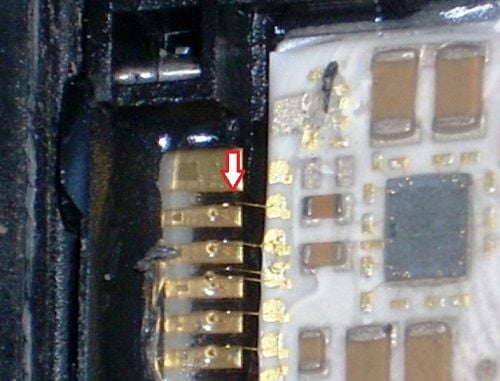
Featured Video: Audi A6 C6 Dash Warning Light Symbols
Related Discussions
- ABS ESP Lights Come Same Time - AudiWorld
- ABS Brake Warning Lights - AudiWorld
- Self-leveling ESP ABS Lights Once - AudiWorld

